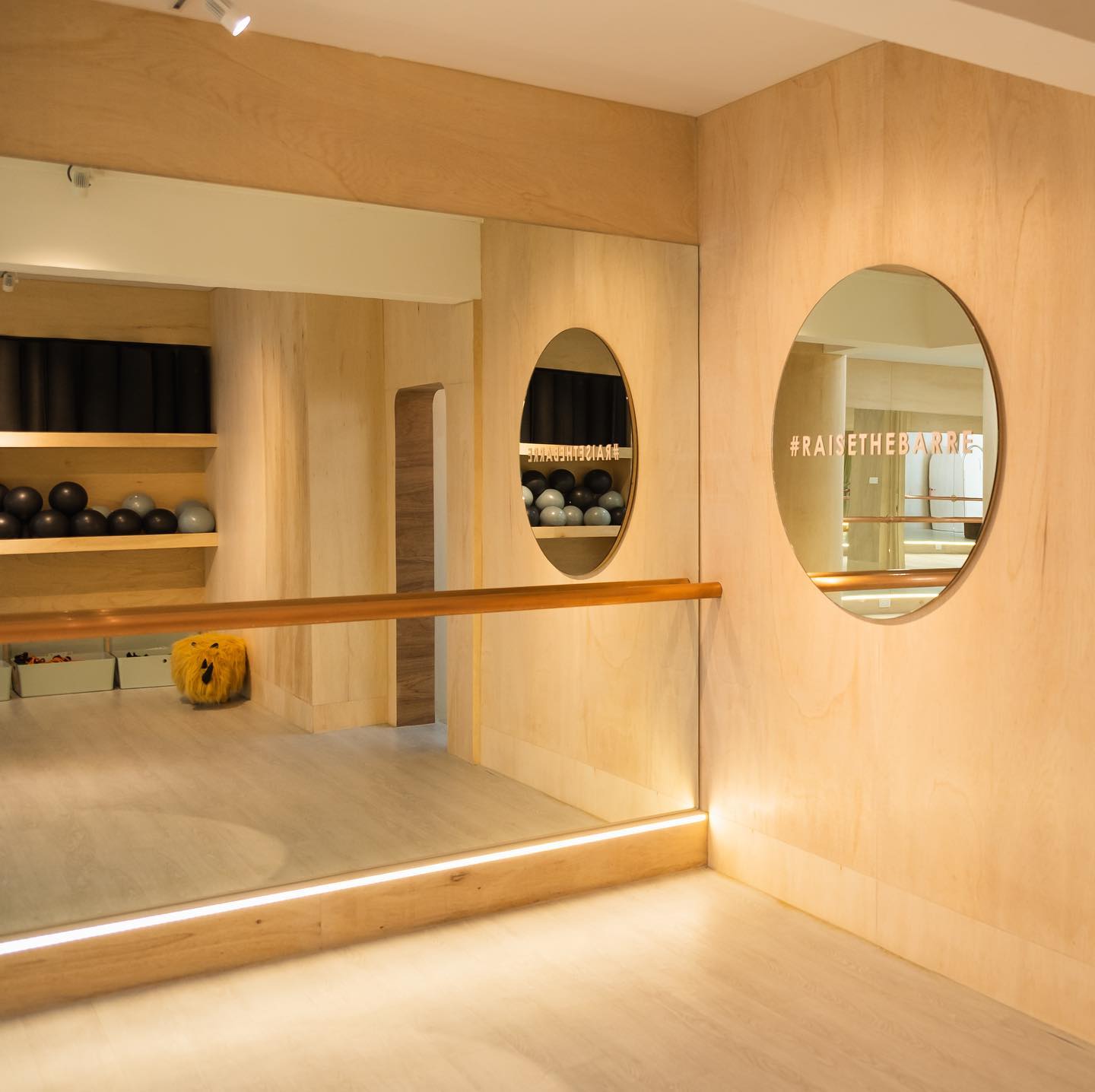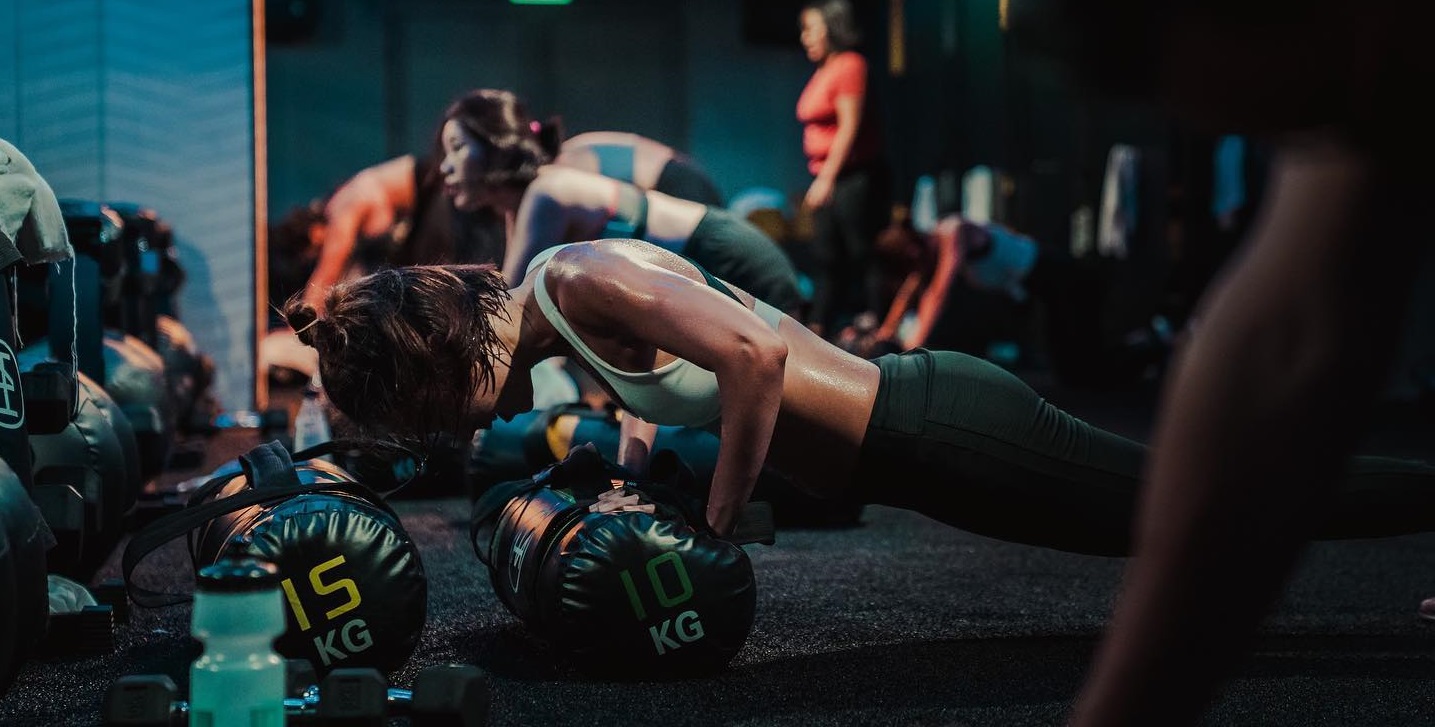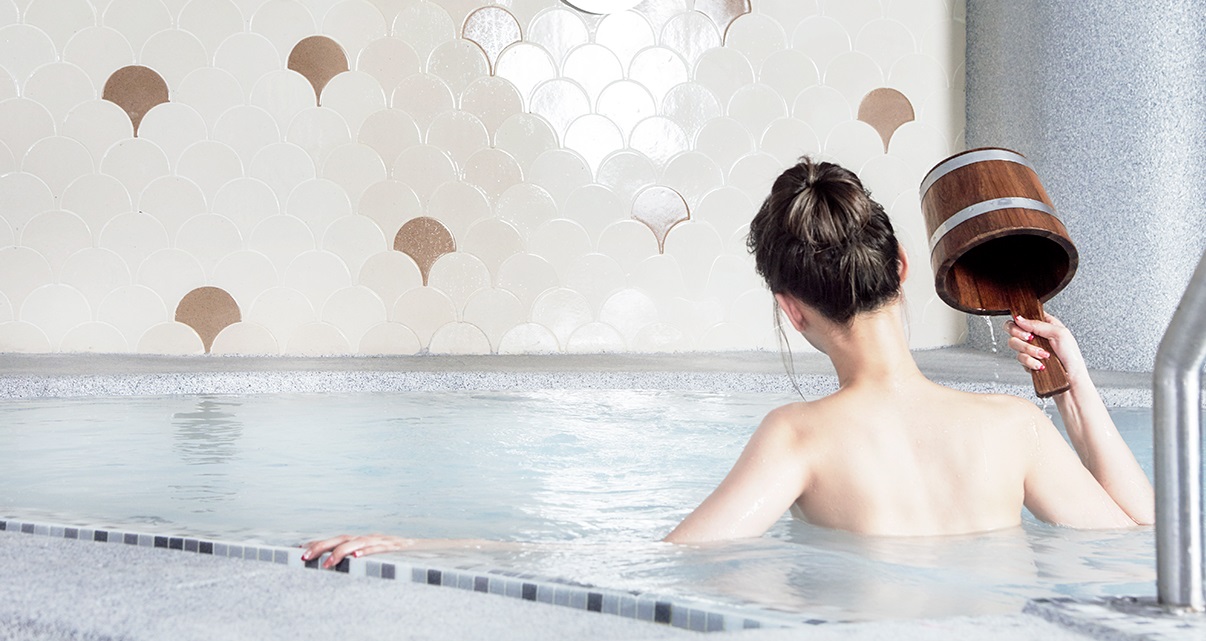Downward dog, chaturanga, triangle pose—the names of different yoga poses are difficult enough to remember, let alone the differences between different types of yoga. Most of us find a teacher and class schedule we like and stick to it, without really knowing much about the form of yoga we are signing up for. I-S looks beyond yoga’s mysterious Sanskrit names, and finds out what’s unique about each form of yoga.
What is Hatha Yoga?
Here in Singapore, the form of yoga that most people are familiar with is hatha. Hatha is one of the four ancient branches of yoga, the other three being jnana, raja and bhakti. Each of these four branches is seen as a means to enlightenment—the original purpose of the practice of yoga. In very basic terms, jnana yoga emphasizes the acquisition of knowledge, raja yoga involves meditation techniques to strengthen the mind, and bhakti yoga deals with prayer. Hatha in Sanskrit means “sun-moon,” representing the union of body and mind in yoga, and is practiced for both physical and mental health.
A common misconception about hatha yoga is that people think it is different from other styles that are popular here, such as ashtanga, vinyasa, iyengar and Bikram. Many yoga studios misleadingly give workshops and classes these names as if they are different schools of yoga. In fact, hatha is the overarching category of yoga, and these other various yoga styles are subsets of hatha.
What about Bikram and Hot Yoga?
The number of yoga styles offered these days has also increased with the introduction of Bikram yoga and hot yoga, both also forms of hatha. Bikram yoga originated in the 1970s and was developed by Bikram Choudhury from Calcatta. Diane Lee, director of and instructor from Bikram Yoga, elaborates, “He had a deteriorating knee condition and was looking for a solution as doctors were suggesting he amputate. A yoga practitioner himself, he came up with a series of 26 postures under his teacher, Vishnu Gosh’s guidance. It was after he practised this series that his leg healed.”
An interesting point about Bikram Yoga is it is practiced in a room heated to 40 degrees Celsius. Each session lasts 90 minutes and the heat encourages cardiovascular activity which opens up the body with each posture, allowing a person to be more flexible when stretching. Lee also points out, “Some postures can be challenging, and the extreme physical demands require concentration, especially in a heated room. The body is allowed to perspire and detox in that manner. A practitioner will burn from 450 to 600 calories per session.” Bikram Yoga (#02-14 Raffles City Shopping Centre, 252 North Bridge Rd., 6339-6639) is the only yoga studio in Singapore to be authorized by the Bikram Yoga College of India in the US.
Director and instructor Jeanne Chung from Yogaffinity (2/F, 157A Telok Ayer St., 6223-8254), a hot yoga studio, adds, “The heat in a hot yoga studio will definitely encourage detoxification. We heat our hot yoga studios here to 38 degrees Celsius, and the practice takes on a Zen quality as students are forced to focus on the poses and their states of mind, particularly when they execute balancing postures. The heat allows deeper stretching and counterbalances the airconditioning we’re so used to in this humidity.”
What are Iyengar and Viniyoga?
According to Don Peers, an instructor at COMO Shambhala Urban Escape (#06-05 Forum The Shopping Mall, 583 Orchard Rd., 6735-2163), “Iyengar yoga is concerned with the proper alignment of the body. Props such as bricks, ropes and elastic bands will be used if necessary to hold the body in the correct posture. Students who are working on their flexibility will be able to attain a suitable variation with the help of those props.” The physical postures, or asanas, have different effects on meridian lines in the body. Together with the breath, or prana, each pose will align a person’s energy in a specific way as well as control the flow of energy in the body.
Peers also sheds light on viniyoga, a yoga therapy which rebuilds a person strength and muscles after an injury. “Props are also used in this case, and you move from pose to pose slowly. The focus here is on structural alignment.”
And Ashtanga and Vinyasa Yoga?
A vigorous and physically demanding style of yoga is ashtanga. Comprising different series of postures in increasing difficulty, it is very aerobic with 64 fixed postures in the primary series alone. Peers elaborates on this traditional yoga style: “It is a dynamic form of yoga which encourages perspiration and raises your heart rate to between 80 and 100 beats per minute. In a synchrony of movement and breath, the body moves through a flow of poses which require the practitioner to concentrate by focusing on ‘gaze points’ or drishtis. Ashtanga is essentially an internal practice for a subtler mind.”
Instructors Paula and Shyam from Pure Yoga (Tower A, #18-00 Ngee Ann City, 319 Orchard Rd., 6733-8863) agree. “An outstanding characteristic of ashtanga is its traditional sequencing. The various series, ranging from primary and intermediate to advanced, are taught according to the skills of the students. Also, the ujjayi breath, created at the back of the throat to mimic the sounds of sea waves, is used throughout the practice, as it allows postures to be held longer and aids in concentration and peace of mind. It also builds up internal heat, allowing the body to perspire and detox.”
Pure vinyasa yoga, however, does not consist of fixed postures, but a random set of postures put together by the instructor. These sessions also focus on the “flow” of movement, sometimes with jumps as practitioners move in and out of postures.
If you have come across the term “ashtanga vinyasa” and are confused, let us set things straight. This term simply refers to ashtanga yoga. The term “vinyasa” highlights the dynamic nature of ashtanga yoga. Paula and Shyam point out, “‘Vinyasa’ means ‘flow,’ and practitioners are required to coordinate poses with the breath in ashtanga, as you have to inhale or exhale accordingly as you move to the postures.”
Now that you know what your favorite form of yoga is about, you can be more aware of what exactly it is you are meant to be achieving, whether it’s perfect body alignment, cardiovascular strength or detoxification. If you’ve been sticking to one school of yoga, perhaps it’s time to explore the benefits of other types of yoga.





